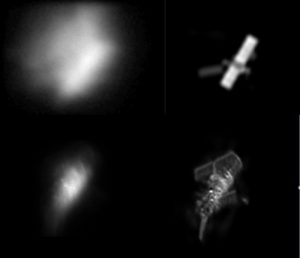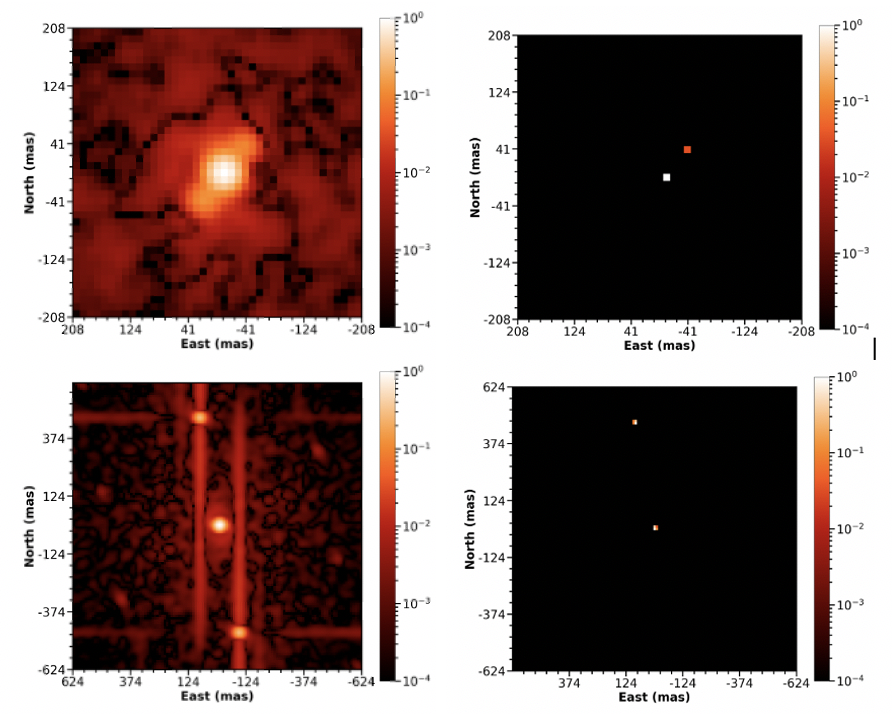In order to realize the full potential of the next generation of extremely large aperture telescopes (e.g., the European Extremely Large Telescope, the Giant Magellan Telescope, and the Thirty Meter Telescope), as well as large aperture telescopes that will operate during daylight (e.g. the Daniel K. Inouye Solar Telescope), it is essential that techniques are developed that can yield high-resolution, high contrast imagery from observations taken through strong atmospheric turbulence.

Our current interests in this area of research are in developing advanced image restoration algorithms, methods for ultra-high resolution wave front sensing, novel techniques for adaptive optics compensation, and approaches that improve the synergy between image acquisition and post processing. Advances in these topics will benefit a wide range of studies in astronomy including globular clusters, the cores of Galaxies, Galaxy-Galaxy lensing, exoplanets, Kepler fields, binary brown dwarfs, proto-planetary disks, and asteroid systems. Outside of the academic world it will have application for monitoring the health and safety of the US assets in the near-Earth space environment (which is crucial to national security) and also for downward imaging (surveillance) from high altitude platforms.



